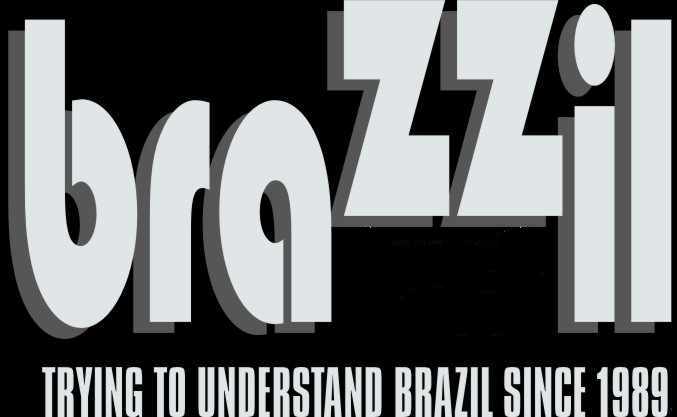 OK, it was not really a rocket blastoff like The Economist showed on its cover recently, but it wasn’t also an awkward chicken flight, an example frequently used by pessimistic Brazilian economists.
OK, it was not really a rocket blastoff like The Economist showed on its cover recently, but it wasn’t also an awkward chicken flight, an example frequently used by pessimistic Brazilian economists.
It was an upward shift where the percentage of the Brazilian population, known as the A and B classes, with incomes of more than 4,807 reais (US$ 2,596) per month, rose from 10.66% to 15.63% over the last six years (2003 to 2009).
That was the finding of a Getúlio Vargas Foundation survey coordinated by economist Marcelo Neri.
The research survey also found that while the economic pyramid expanded a little at the top, it contracted slightly at the bottom – and is definitely not a pyramid anymore, but rather a diamond-shape.
The E class (monthly income of up to 804 reais (US$ 434) went from 29.95% of the population in 2003, to 17.42% in 2009. And the D class (up to 1,115 reais – US$ 602) went from 16.41% to 13.37%. Meanwhile, the C class, (income between 1,115 and 4,807 reais) expanded from 42.99% to 53.38%; the bulge in the middle became more prominent.
The survey covered the period variously called the International Financial Crisis or The Great Recession. According to Neri, what happened in Brazil was that the economic classes hardest hit were at the top – between 2008 and 2009, there was a drop of 14.38% in the number of people in the A and B classes.
Even so, in Neri’s words, what the survey found was that “Brazil had resilience. It bounced back and recovered from the crisis. The country stopped advancing for a moment, but it did not fall down.”
One of the reasons, Neri points out, was the surprising strength in what is called the “periferias” (the poor outskirts, the slums, in other words, of large urban centers) where the economy is based exclusively on the domestic market and not dependent on financial market oscillations.
Those are the people, the ones who went about their daily business as usual, completely unaware of the Fed, AIG, Bear Sterns and Lehman Brothers, who helped Brazil escape the worst of the crisis.




